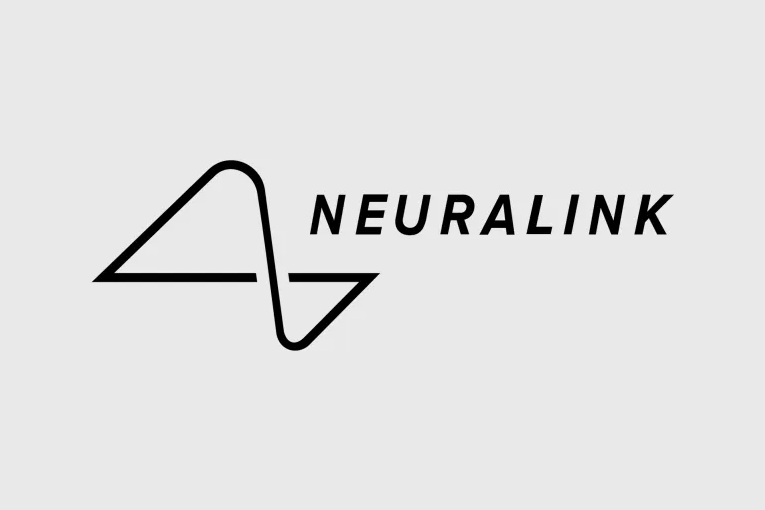
Raslan explains that the implant is programmed “to provide stimulation only when it detects this signal.” While one program treats epilepsy, the other addresses obsessive-compulsive disorder.
Pearson waited eight months before noticing the first changes in her behavior. She says, “I’m happy again and excited to go out and live a normal life and be with my friends and family whom I’ve been disconnected from for years.”
This procedure received acclaim in a scientific journal, and a study is currently underway at the University of Pennsylvania to explore how this technique can be applied to other patients, according to Raslan. The procedure offers hope in the United States, where OCD affects around two and a half million people.
Brain implants, in general, are gaining increasing interest. Neuralink, a company co-founded by Elon Musk, announced Monday that it had successfully performed the first brain chip implantation for a patient.
The startup aims to use this chip to allow humans to communicate with computers, but it also seeks to enable paralyzed individuals to walk again and blind people to regain their sight.
Leave a Reply